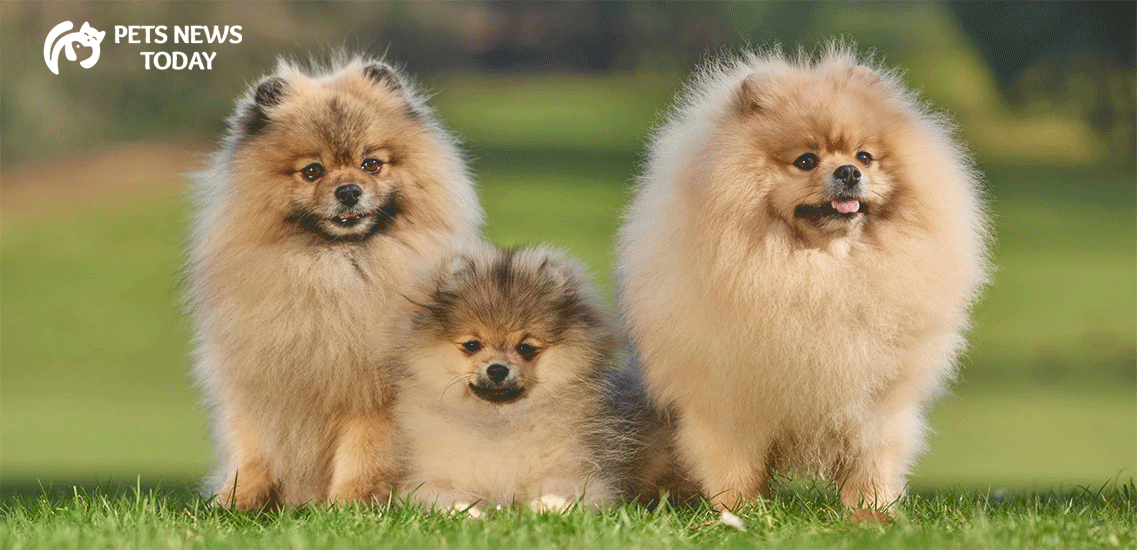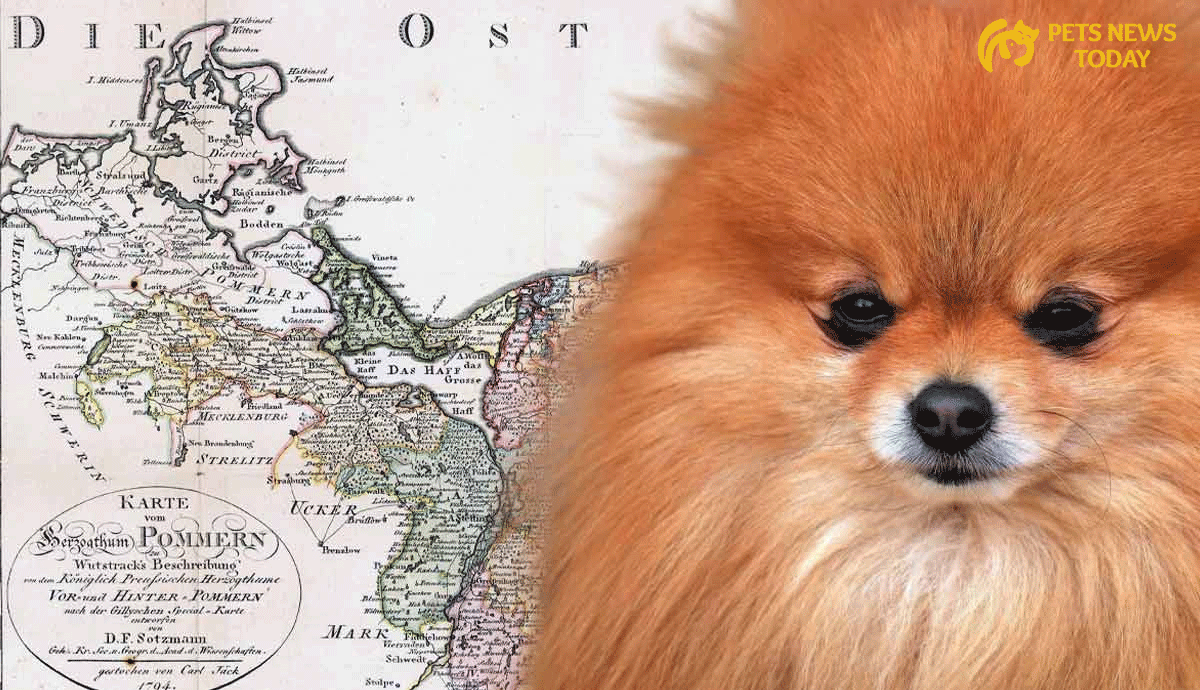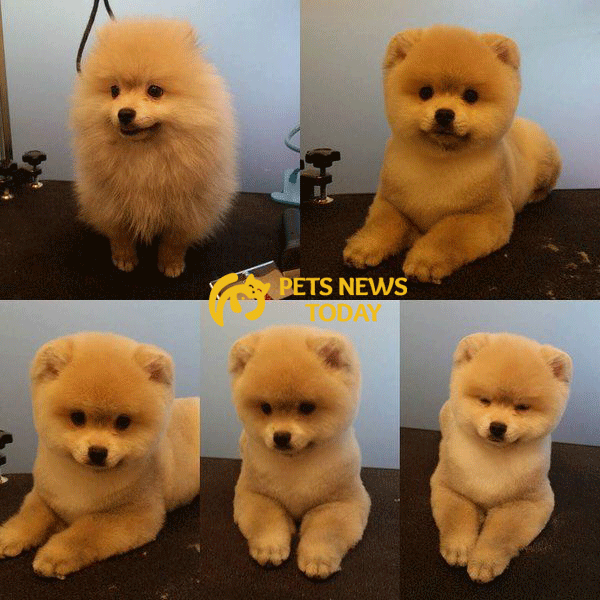Discover the Pomeranian: A Comprehensive Guide to This Charming Breed

The Pomeranian is a popular dog breed known for its small size, adorable appearance, and spirited personality. As one of the most beloved toy breeds worldwide, Pomeranians have captivated dog lovers with their fluffy coats, expressive faces, and lively demeanor. In this comprehensive guide, we will explore the history, physical characteristics, personality traits, grooming needs, and other important aspects of the Pomeranian breed.
History and Origin

- Ancient Ancestry: The Pomeranian is a descendant of the Spitz family of dogs, which includes larger breeds such as the Samoyed and Keeshond.
- Region of Origin: The breed is named after the Pomerania region of Central Europe, which is now part of modern-day Poland and Germany.
- Popularity and Fame: Pomeranians gained popularity among European nobility in the 18th century, with Queen Victoria being one of the breed’s most famous enthusiasts.
- Downsizing: Over the years, Pomeranians were selectively bred to achieve their smaller size, leading to the toy breed we know today.
Physical Characteristics
- Compact Size: Pomeranians are small dogs, typically weighing between 3 and 7 pounds, with a height of 6 to 7 inches at the shoulder.
- Plush Double Coat: Pomeranians have a thick, fluffy double coat that comes in a variety of colors, including orange, black, white, cream, sable, and blue.
- Fox-like Face: The breed’s face resembles that of a fox, with a short muzzle, bright eyes, and erect, triangular ears.
- Curled Tail: A distinctive feature of Pomeranians is their bushy tail that curls over their back, adding to their overall charm.
- Expressive Eyes: Pomeranians have dark, almond-shaped eyes that convey intelligence and alertness.
Personality and Temperament
- Lively and Energetic: Pomeranians are known for their high energy levels and playful nature. They enjoy interactive play and staying active.
- Intelligent and Curious: These dogs are intelligent and quick learners, making them easy to train. Their curious nature means they enjoy exploring their surroundings.
- Loyal Companions: Pomeranians form strong bonds with their owners and are known for their loyalty and affection.
- Alert and Protective: Despite their small size, Pomeranians make excellent watchdogs. They are alert and will bark at anything they perceive as a threat.
- Social and Friendly: Pomeranians generally get along well with other pets and children, especially when properly socialized from a young age.
Grooming and Care
- Regular Grooming: The Pomeranian’s thick double coat requires regular grooming to prevent tangles and matting. Brushing their coat a few times a week is essential.
- Bathing Needs: Pomeranians should be bathed every few weeks to keep their coat clean and healthy.
- Dental Care: Like many small breeds, Pomeranians are prone to dental issues. Regular teeth brushing and professional cleanings are important.
- Exercise Requirements: Pomeranians are active dogs that benefit from daily walks and playtime. However, their exercise needs can be met with moderate activity.
- Diet and Nutrition: Providing a balanced diet is crucial for maintaining a healthy weight and overall well-being. Consult with a vet for specific dietary recommendations.
Training and Socialization

- Early Socialization: Proper socialization from a young age helps Pomeranians develop confidence and adaptability in different environments.
- Obedience Training: Pomeranians are intelligent and respond well to positive reinforcement training. Teaching basic commands is important for a well-behaved dog.
- Leash Training: Since Pomeranians are energetic and enjoy outdoor walks, leash training is essential for safety and control.
- House Training: House training can be achieved with consistency and patience. Positive reinforcement is key to successful house training.
- Mental Stimulation: Pomeranians benefit from mental stimulation through interactive toys and puzzle games. This helps keep their minds engaged and prevents boredom.
Popular Pomeranian Styles

- Classic Style: The classic Pomeranian has a full, fluffy coat and is the most common style seen in the breed.
- Teddy Bear Cut: This grooming style trims the coat to give the dog a round, teddy bear-like appearance. It’s popular for its cute and manageable look.
- Lion Cut: The lion cut involves trimming the body fur short while leaving the head, neck, and tail fur longer, resembling a lion’s mane.
- Fox Cut: This style emphasizes the Pomeranian’s fox-like face by trimming the body fur short and shaping the head fur to frame the face.
- Show Cut: For Pomeranians in dog shows, the coat is left long and full, following breed standards. This style requires careful grooming and maintenance.
Conclusion
The Pomeranian is a delightful and charming breed that brings joy to countless families worldwide. With their playful personalities, loyalty, and adorable appearance, Pomeranians make excellent companions for individuals and families alike. Understanding their specific needs in terms of grooming, training, and socialization is essential for ensuring a happy and healthy relationship with these delightful dogs. Whether you already have a Pomeranian or are considering bringing one into your home, these intriguing facts and insights offer a comprehensive overview of the breed’s unique traits and qualities.




